With only two months left until the end of his term, the administration of incumbent US President Joe Biden is still strengthening the cooperative position in Asia, including the East Sea issue.
Recently, on the sidelines of the Asia- Pacific Economic Cooperation (APEC) Summit in Lima, Peru, President Biden had a three-way meeting with South Korean President Yoon Suk Yeol and Japanese Prime Minister Shigeru Ishiba.
Tighten alliance relations
This was the first time Ishiba met the US president face to face since becoming prime minister of Japan in October. After the meeting, the three countries announced the establishment of a Trilateral Secretariat designed to formalize the relationship and ensure that cooperation would not be just “meetings and meetings” but would lead to concrete actions. US National Security Adviser Jake Sullivan confirmed this when speaking to reporters with Mr. Biden on Air Force One.
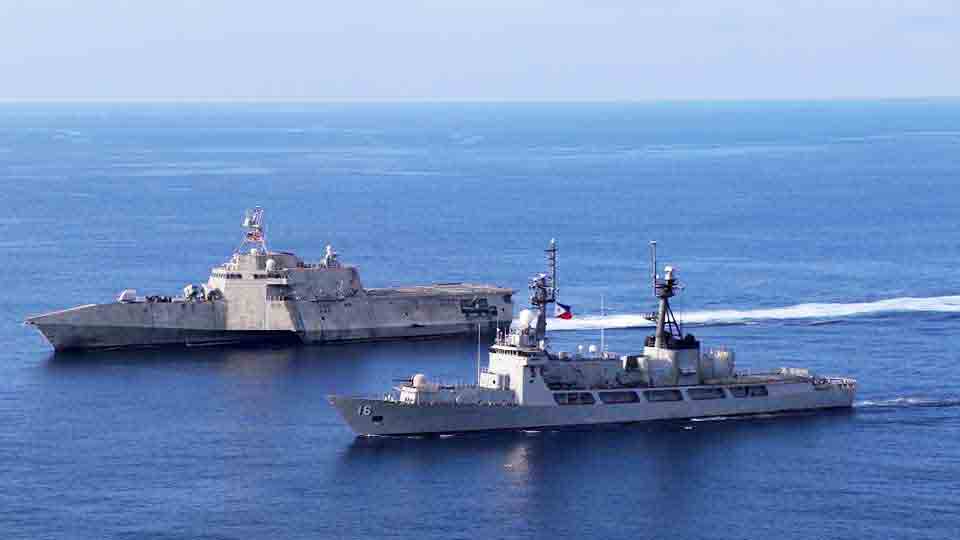
US and Philippine warships during a joint exercise in the East Sea
The cooperation between South Korea and Japan is considered one of the diplomatic achievements of the Biden administration. For many years, Seoul and Tokyo have been at odds due to historical disagreements. Washington sees the close relationship between the US, Japan and South Korea as important to balance the rise of China. Therefore, Mr. Biden's recent meeting with the leaders of South Korea and Japan is considered to strengthen trilateral cooperation, while the establishment of the Trilateral Secretariat is aimed at institutionalizing this relationship.
Not only with the two Northeast Asian allies, the Biden administration has also strengthened cooperation with the Philippines - an ally in Southeast Asia.
Recently, US Secretary of Defense Lloyd Austin paid a visit to the Philippines. In Manila, Mr. Austin and his local counterpart signed the bilateral General Security of Military Information Agreement (GSOMIA). This agreement not only exchanges military intelligence, but also allows the Philippines to access modern military technology and advanced military technology from the US. Washington and Manila signed the agreement in the context of the Philippines' recent continuous tensions with China in the East Sea.
Strengthening the position in the East Sea
Commenting on the signing of GSOMIA by the US and the Philippines in response to Thanh Nien on November 21, Professor Stephen Robert Nagy (International Christian University - Japan, scholar at the Japan Institute of International Affairs) assessed: "The Biden administration is trying its best to closely institutionalize agreements with Indo-Pacific partners like the Philippines. This helps ensure continuity in the allies' first approach to Indo-Pacific foreign policy. Intelligence sharing is the latest example of maximizing US-Philippine cooperation to enhance coordination of high-value information against China's activities in the East Sea".
Responding similarly to Thanh Nien, Professor Yoichiro Sato (international relations expert, Ritsumeikan Asia-Pacific University, Japan) analyzed: "The intelligence sharing agreement between the US and the Philippines has completed the necessary details in the existing alliance treaty. Previously, the intelligence capabilities of the Philippine military mainly focused on domestic issues. Recently, increased tensions in the East Sea and the Taiwan Strait have made it necessary for the Philippines to upgrade its intelligence capabilities."
"Sharing intelligence allows Washington and Manila to coordinate maritime operations. In addition, combined with the extensive intelligence sharing network from the "Quad" members (including the US - Japan - Australia - India), the new agreement with the Philippines also helps Washington improve its maritime information cooperation network in the region. This allows Washington and its allies to coordinate against China's gray zone strategy in the East Sea," Professor Sato added.
In a related development, yesterday (November 21), Reuters quoted Kanishka Gangopadhyay, a spokesperson for the US Embassy in Manila, as saying that the US military is supporting Philippine operations in the East Sea through a task force. This support is part of an intelligence, surveillance and reconnaissance cooperation initiative.
"The task force enhances the coordination and interoperability of the US-Philippines alliance by allowing US forces to support Armed Forces of the Philippines operations in the South China Sea," Gangopadhyay said.
Source: https://thanhnien.vn/ong-biden-cung-co-the-tran-chau-a-truoc-khi-roi-nha-trang-185241121214758876.htm


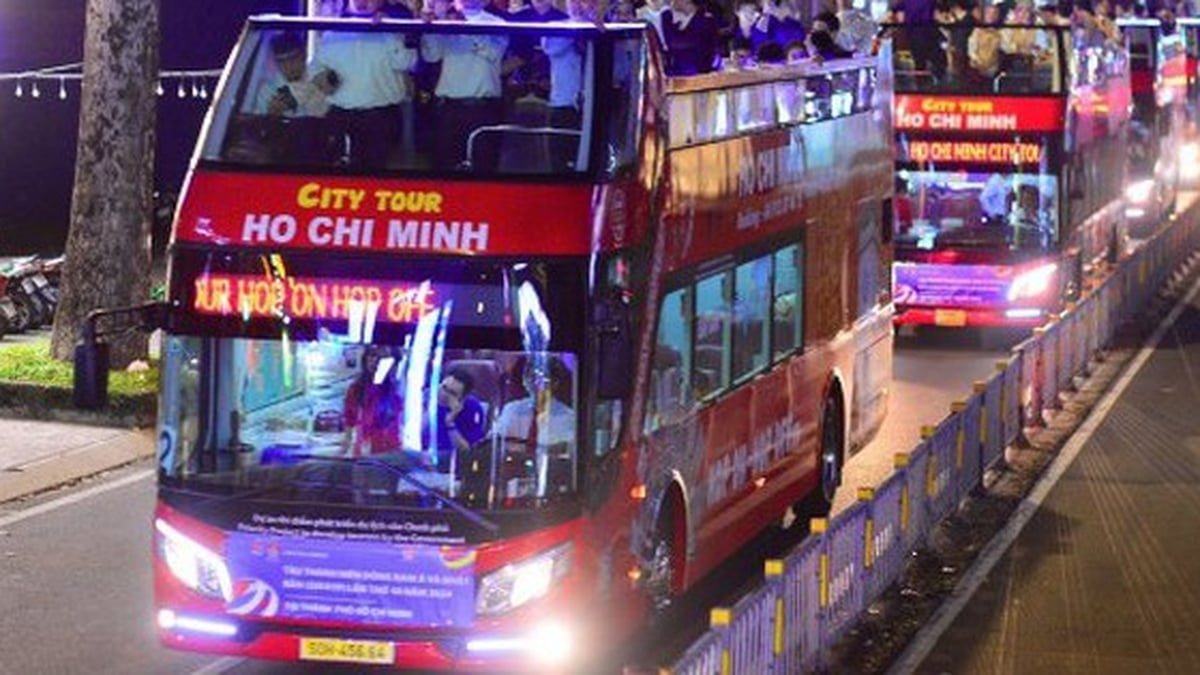
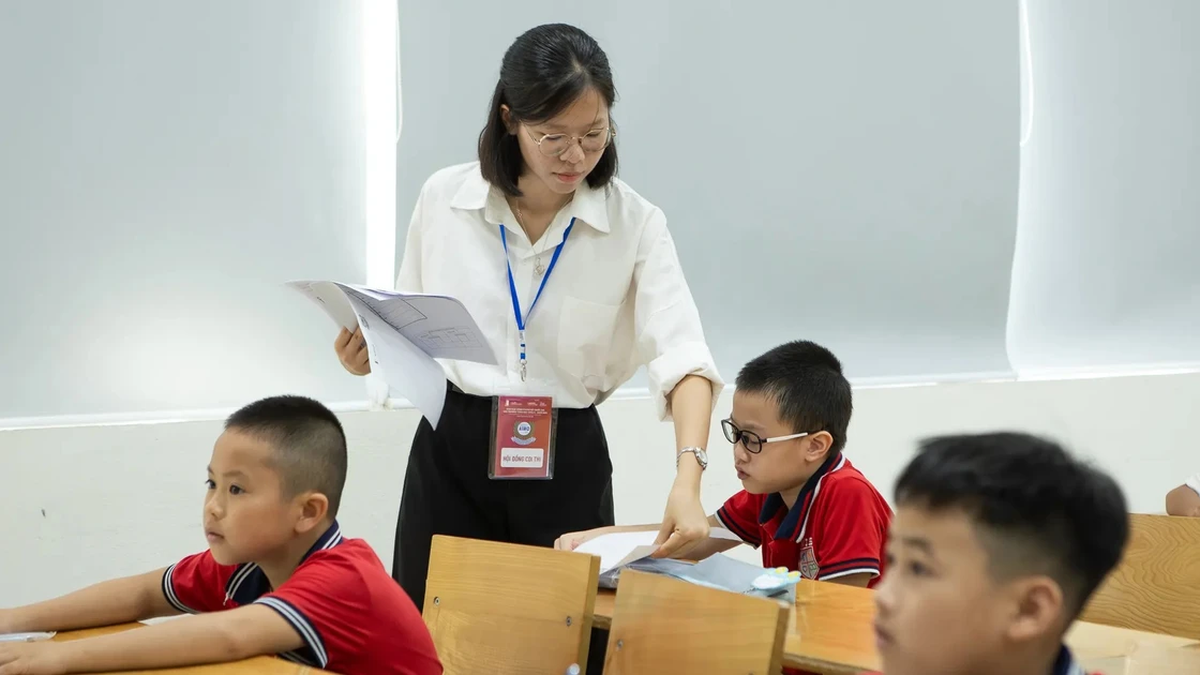
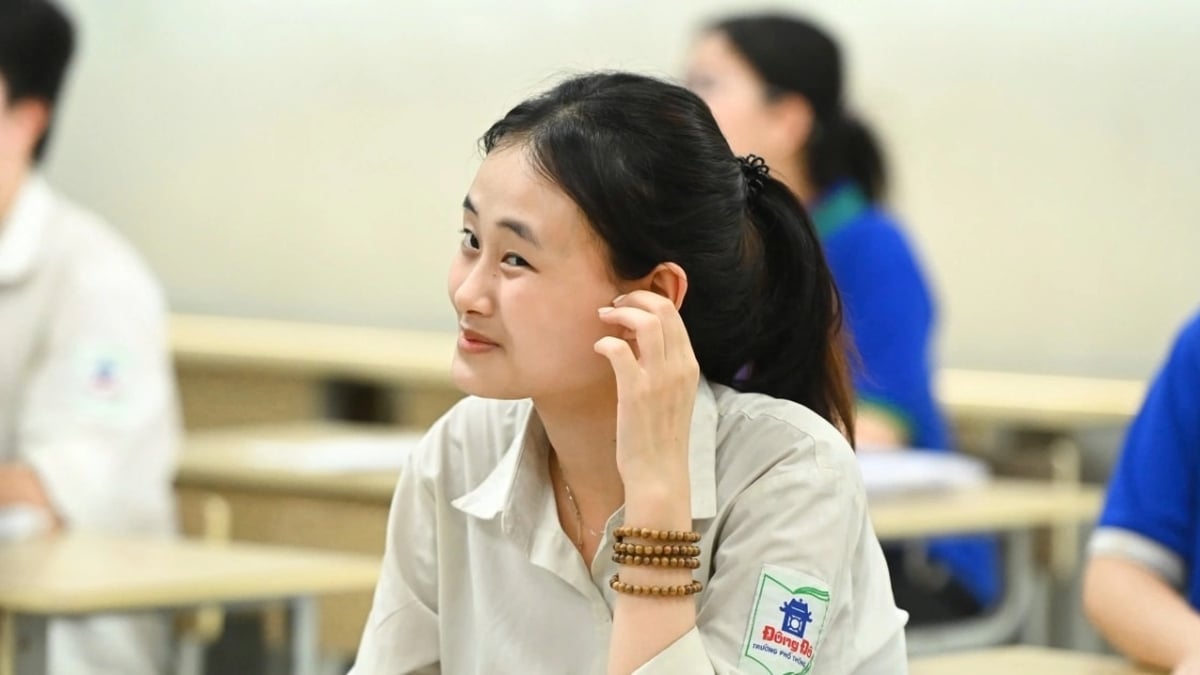
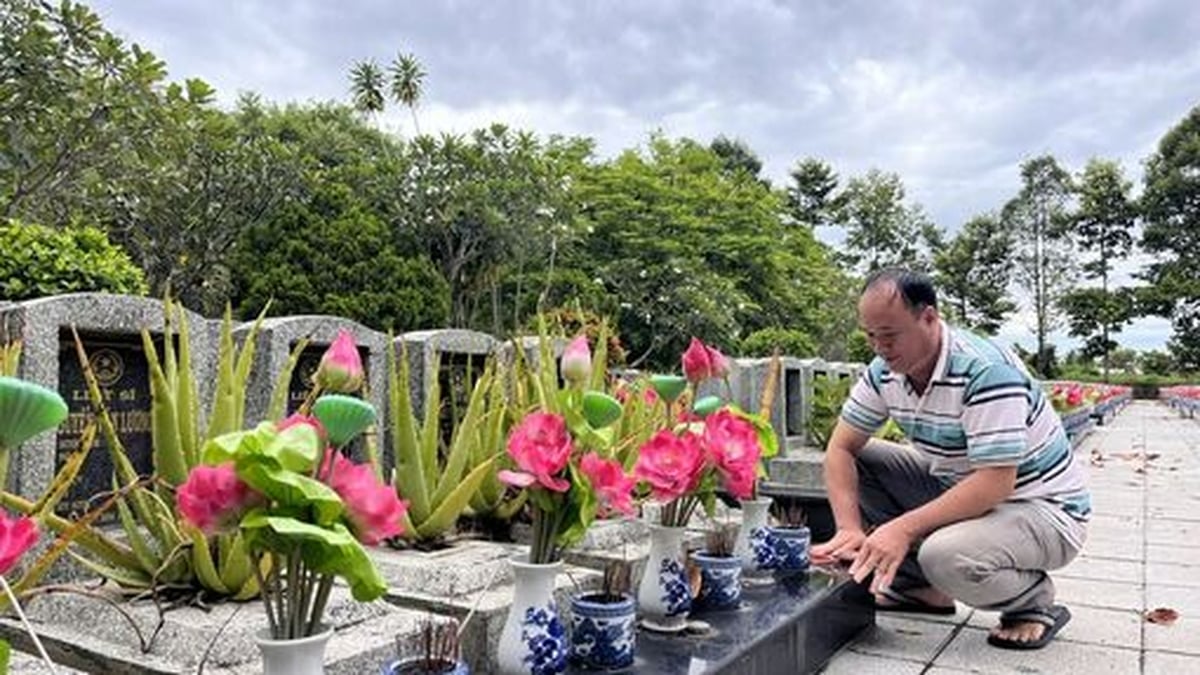

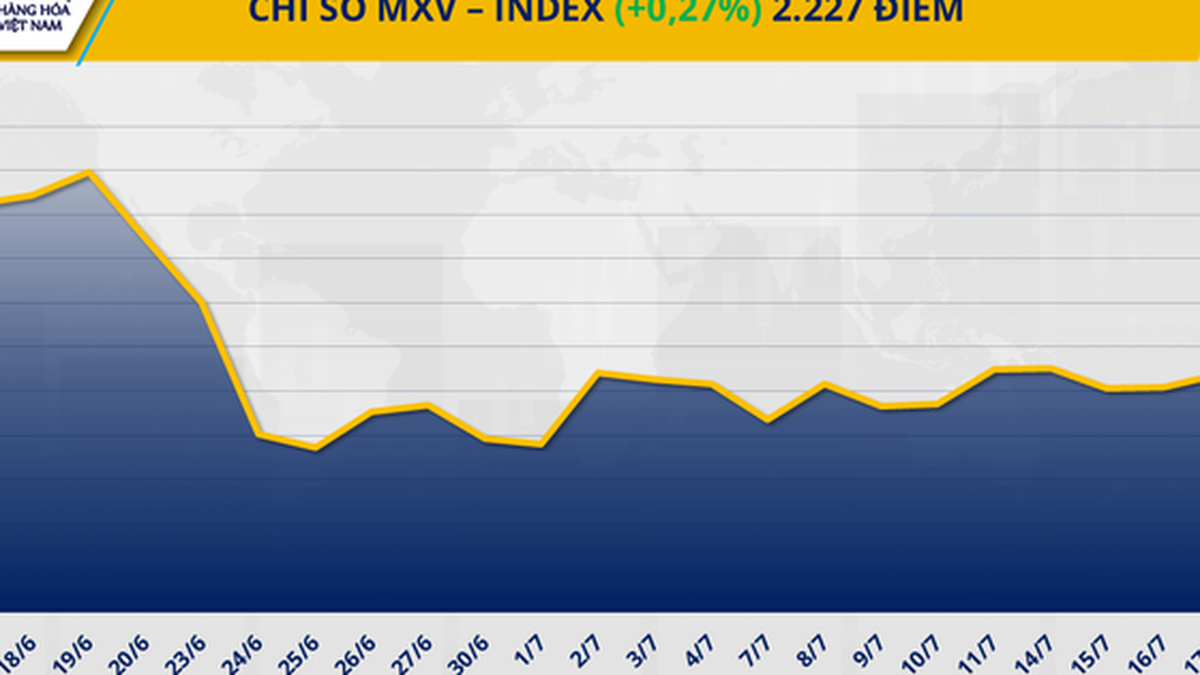
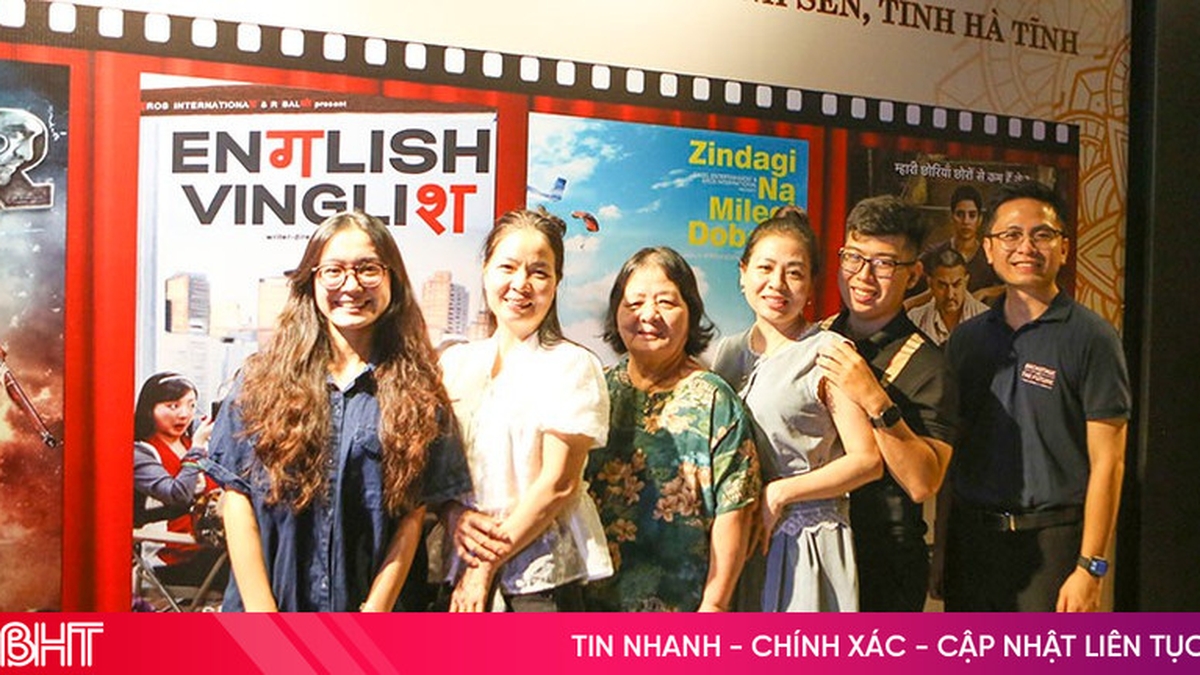
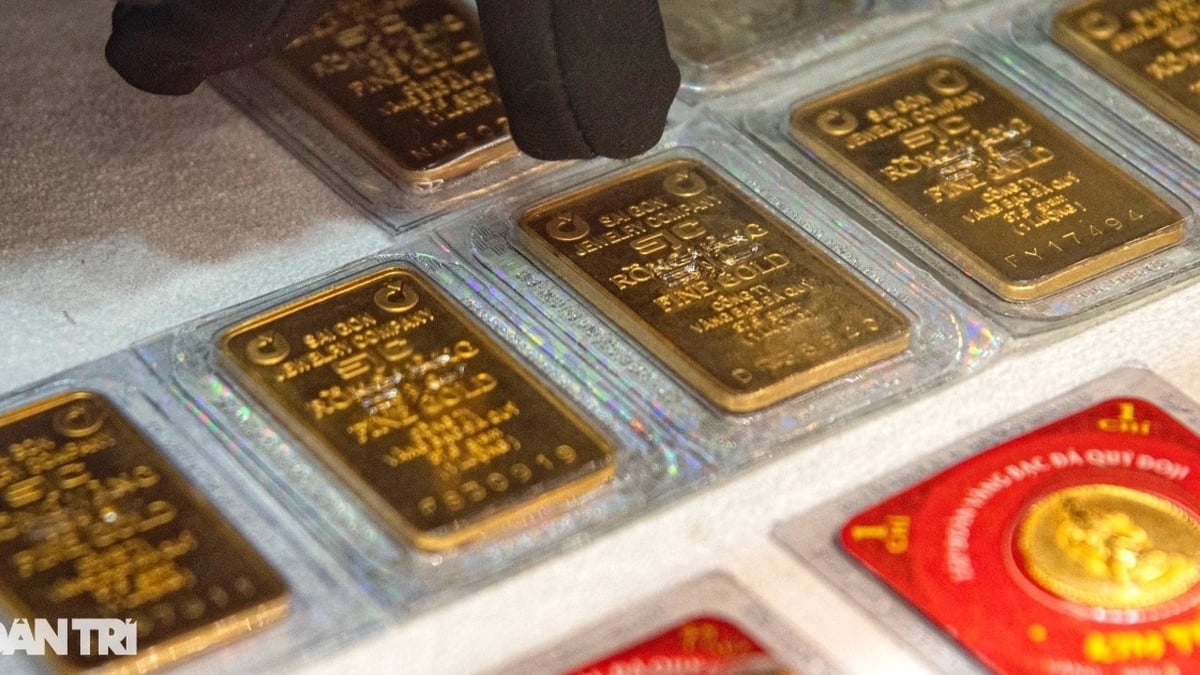

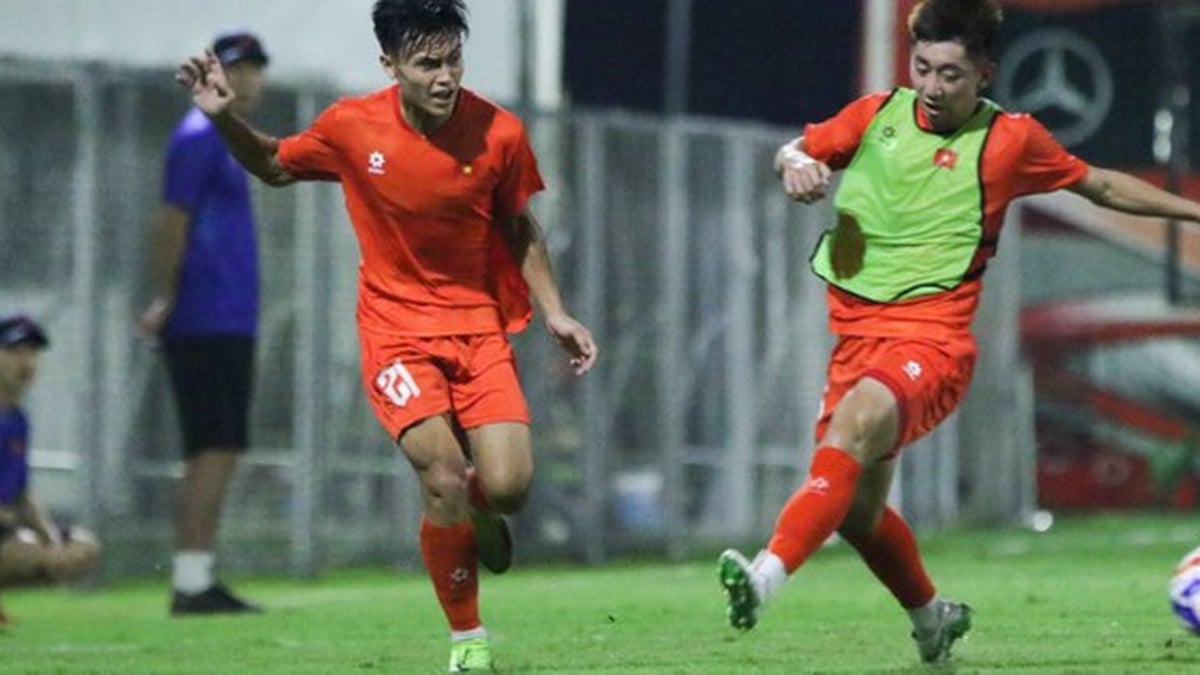









































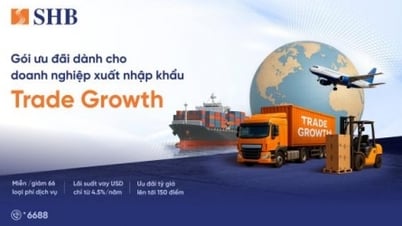


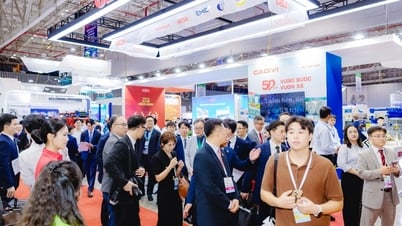

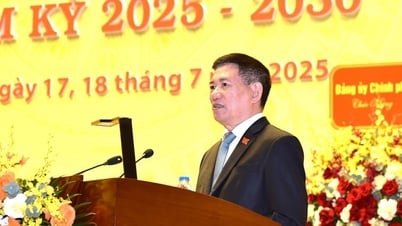


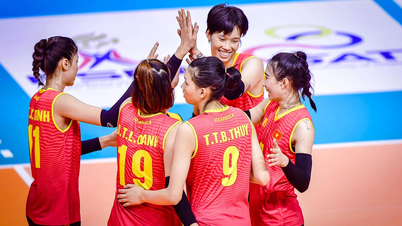

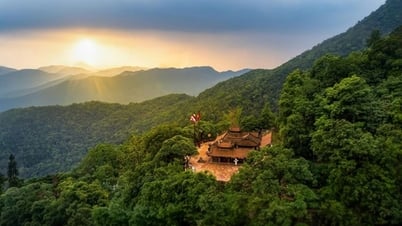

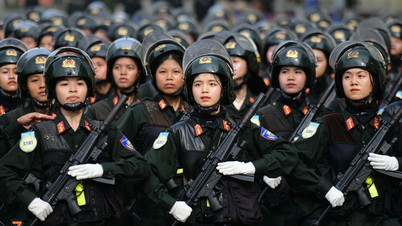




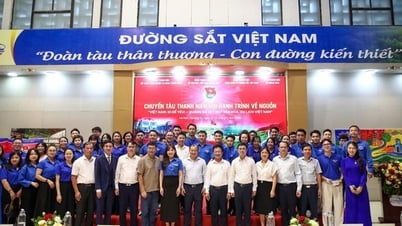

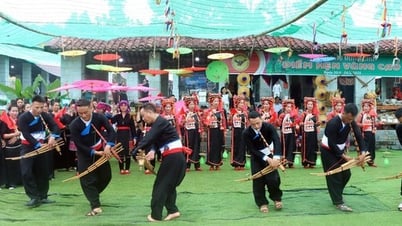
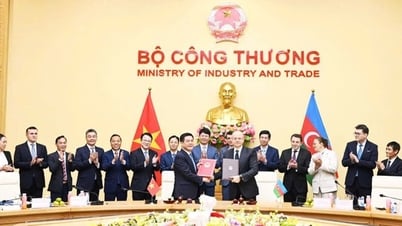












![[Infographic] In 2025, 47 products will achieve national OCOP](https://vphoto.vietnam.vn/thumb/402x226/vietnam/resource/IMAGE/2025/7/16/5d672398b0744db3ab920e05db8e5b7d)














Comment (0)